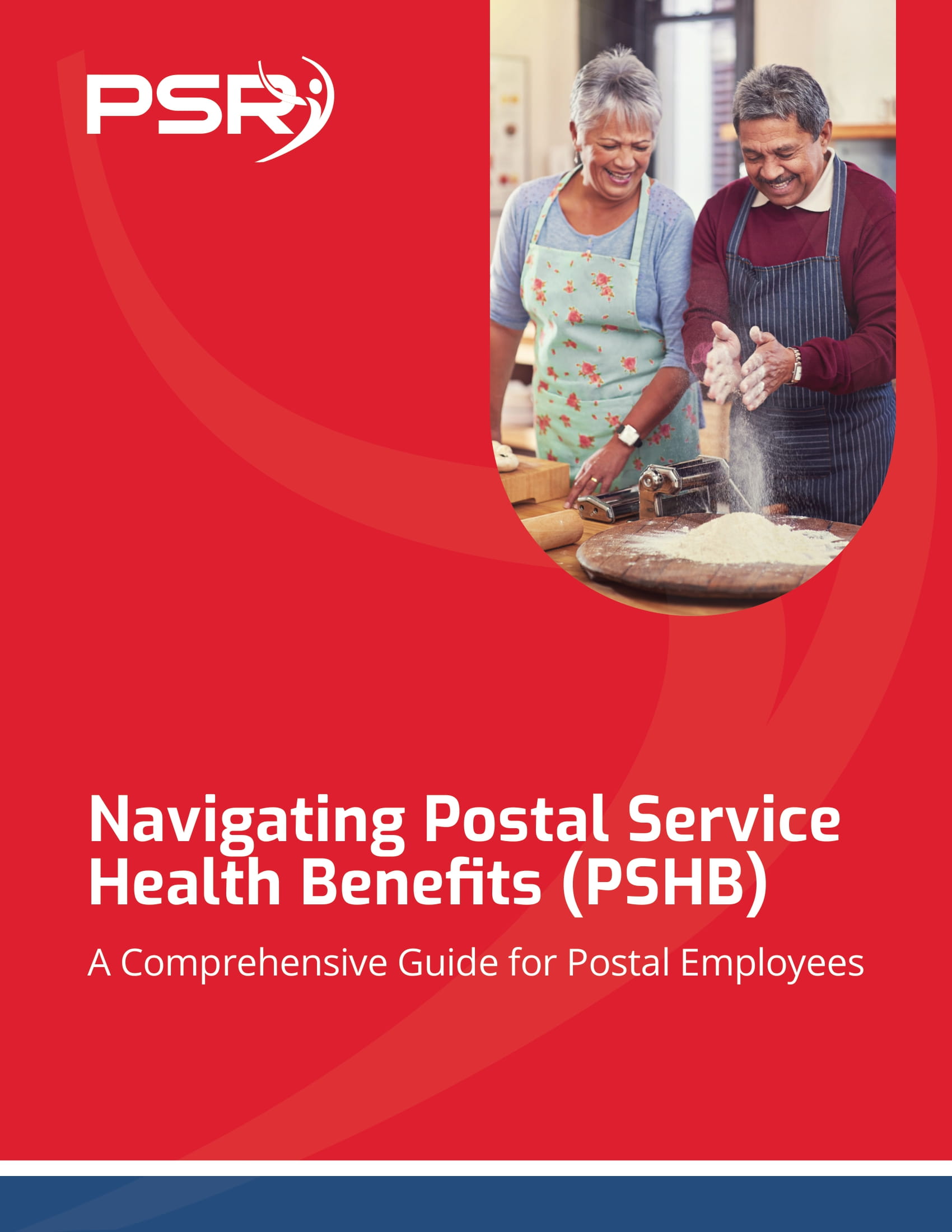Key Takeaways
-
Recent changes to military buyback rules significantly impact federal employees planning retirement. Understanding these updates is essential to maximize benefits.
-
Taking action early ensures you navigate the complexities and secure a retirement strategy that aligns with your long-term goals.
What Is Military Buyback?
- Also Read: FAA, Law Enforcement, and Special Federal Employee Categories—Here’s What Makes Their Retirement Unique
- Also Read: Blending Private and Public Sector Retirement Plans Is Complicated—Here’s Where Couples Get It Wrong
- Also Read: The Silent Shift in Postal Service Retirement Benefits That Could Change Everything by 2026
But as of 2025, several changes are shaking up how this program works. Staying informed is critical to making decisions that affect your retirement plan.
Why Are These Changes Important?
Federal employees with prior military service often see military buyback as a pathway to enhanced retirement benefits. The latest revisions could impact:
-
Eligibility Requirements: Updated criteria for who qualifies to buy back military time.
-
Costs: Adjustments to interest rates and repayment deadlines, which may affect affordability.
-
Timelines: Shortened windows to initiate buybacks for newer federal hires.
Understanding these shifts now can help you take full advantage of the program or avoid costly missteps.
A Closer Look at Key Changes
1. Revised Buyback Deadlines
Previously, federal employees had a flexible timeline to decide on buying back military time. As of 2025, new hires have a stricter five-year window to complete the buyback process. Missing this window may disqualify you from the program entirely.
2. Interest Rate Adjustments
Interest accrual on unpaid military deposits has increased. If you delay payment, the cost to buy back your service time grows substantially over time. Staying proactive can save you thousands of dollars.
3. Streamlined Documentation Requirements
The paperwork process for initiating a military buyback has been simplified, making it easier to gather and submit required forms. Ensure you have your DD-214 (Certificate of Release or Discharge from Active Duty) and any additional supporting documents ready.
How Military Buyback Affects FERS and CSRS Retirements
The benefits of military buyback differ depending on whether you are under FERS or CSRS:
-
FERS Employees:
-
Military service years increase the total years used in the computation of your annuity.
-
FERS retirees also receive Social Security benefits, making the buyback an even greater advantage.
-
-
CSRS Employees:
-
With no Social Security benefits tied to CSRS, buying back military time provides a direct boost to your annuity.
-
CSRS employees tend to see a higher return due to the generous annuity formula.
-
Steps to Navigate the Buyback Process
1. Start Early
With tighter deadlines in place, it’s essential to initiate the process as soon as you join federal service. Early action minimizes accrued interest and ensures ample time to address any issues.
2. Gather Your Documents
You’ll need:
-
DD-214 or equivalent documentation.
-
Detailed records of military earnings.
Submit these documents to your federal agency’s HR office or retirement specialist to calculate your deposit amount.
3. Request an Estimate
Your HR office or the Defense Finance and Accounting Service (DFAS) can provide an estimate of your military deposit. This calculation includes:
-
Base amount owed.
-
Interest, if applicable.
4. Make the Deposit
Once you agree to the terms, pay your deposit promptly. Payments can often be made in installments, though paying in full upfront avoids interest.
5. Verify Credit
After completing the deposit, confirm that your military service is credited toward your civilian retirement by reviewing your service history.
Financial Considerations: Is It Worth It?
Military buyback often provides a strong return on investment, but it’s essential to weigh the cost against the potential benefits:
-
Costs:
-
The amount you owe depends on your military earnings and how long you wait to initiate the process. Interest accrues annually on unpaid deposits.
-
-
Benefits:
-
Each year of credited military service increases your annuity.
-
FERS employees can supplement their annuity with Social Security and Thrift Savings Plan (TSP) benefits.
-
Run the numbers or consult a financial advisor to determine if the buyback aligns with your retirement goals.
Common Pitfalls to Avoid
1. Procrastination
The new five-year deadline for recent hires leaves little room for delay. Missing this window means losing out on enhanced retirement benefits.
2. Incomplete Documentation
Failure to provide accurate or complete records can result in processing delays or errors in your retirement calculations.
3. Ignoring Interest Costs
Interest accrual can dramatically increase your deposit amount. Pay as early as possible to minimize these costs.
4. Assuming Automatic Credit
Military service is not automatically credited to your civilian retirement—you must actively initiate the buyback process and complete all requirements.
FAQs About Military Buyback Changes
1. Can I buy back military time if I’m already retired?
No. Military buyback must be completed before separating from federal service. Retirees are ineligible to retroactively apply for buyback credit.
2. Does buying back military time affect my Social Security?
No. Military buyback does not impact your Social Security benefits for periods of service after 1956. However, if you are under CSRS, the Windfall Elimination Provision (WEP) may reduce your Social Security benefit.
3. Are Reservists eligible for buyback?
Yes, but only for periods of active-duty service. Drill weekends and training do not qualify.
4. How do I know if buying back time is right for me?
Evaluate your retirement goals and financial situation. If you plan to maximize your federal annuity, military buyback is often a wise choice.
How to Stay Ahead of the Changes
Stay Informed
Keep up with updates to retirement policies and consult with HR specialists to ensure you’re aware of your options.
Seek Professional Guidance
A federal retirement counselor or financial planner can help you navigate the complexities of military buyback and its long-term implications.
Plan for the Long Term
Integrate military buyback into your broader retirement strategy. Consider how it interacts with other benefits like TSP, Social Security, and FEHB.
Take Action to Secure Your Retirement
Military buyback changes present both challenges and opportunities. By staying proactive, gathering the right information, and seeking expert advice, you can make decisions that maximize your retirement benefits and set yourself up for long-term success.













